As part of a response to one of my posts last month Will Kelly said, “Since you did a post on what to do to prepare for exhibiting at a con, I have been wanting to ask you if you could consider doing another post, but this time on how an Illustrator who is not yet established should prepare for a convention. This will be my first year to attend SFAL, and I really don’t want the time to be wasted. I will enjoy it of course, but I would love to hear some insight from you on what a con-goer should be prepared for to be able to make connections and get the most out of the whole experience.”
Hmmm. Maybe a better title for this piece might be “Attending a Show,” but if you’re going with the idea of making contacts or getting critiques or going to panels, the “working” description still applies.
So…I guess about the best way to prepare for a convention is to…go.
You have to jump in and start somewhere. My first convention was in 1971 when I was 16—and I was gobsmacked. I didn’t know anything or anyone. I just…went. And had a good time (though still wish that I had bought that copy of Thun’da #1 a dealer had for $75—but you know, $75 in 1971 was huge money, particularly to a kid working for $1.75 an hour in the stockroom of Sears during the summer). No one is born knowing how everything works. No one knows everybody. No one sees or hears or reacts to the same things the same precise ways. You only learn through doing.
Anyway, Spectrum Fantastic Art Live isn’t a huge sprawling affair: there are plenty of artists and plenty of things to see and do, but it’s not Comic Con. It’s calm, it’s focussed, and it’s friendly. There will be a buzz in the hall, not a roar. You’ll be able to find artists and programming easily without having to fight crowds looking for TV stars or free movie studio swag.
Since you’re a young illustrator, be prepared to show your portfolio to people and don’t be embarrassed; don’t apologize for being new to the game. Don’t dismiss your own work when talking about it (but don’t describe yourself as the next da Vinci, either). But do ask if you can show this art director or that artist your book—and if they do take a look, thank them for giving you the time. If they don’t, thank them for their time. Everybody was at the same point sometime in their careers. Look upon your first show—or, hell, your first ten shows—as learning opportunities. Which means that you take in as much as you can. You talk to as many people as you can, fans and exhibitors alike. If you don’t know someone, don’t be shy: introduce yourself. It can be awkward at first, but with a little time (and usually a drink or two), the conversation starts to flow and new friendships can develop. You are all at the same event for the same reason: because of the art.
- Have business cards
- Promote the event you’re attending through every resource available to you: the more people you may know that might join you, the more comfortable (and fun) it will be
- Wear comfortable shoes
- Be sure to eat and stay hydrated
- Read the information provided to you by the convention organizers (you’d be surprised at how many don’t)
- Introduce yourself to the artists you admire: show respect but don’t be star-struck (again, you’d be surprised at how many people get shy when given the chance to talk to the artists that have influenced them and…don’t, then regret not taking advantage of the opportunity)
- Be flexible: assume that not everything will go off as planned at the times they’re supposed to and work with things as they happen. Getting pissed off usually makes things worse, not better
- Be polite—to everyone
- Be friendly—to everyone
- Talk to people—as many as you can (you’re trying to build a network)
- Try to get the most out of the experience—and that starts with a positive outlook
It’s really a matter of diving into the pool, moving your arms and kicking your legs, and starting to swim. If you feel yourself begin to flounder during SFAL2, look for this banner: you’ll find friends nearby.


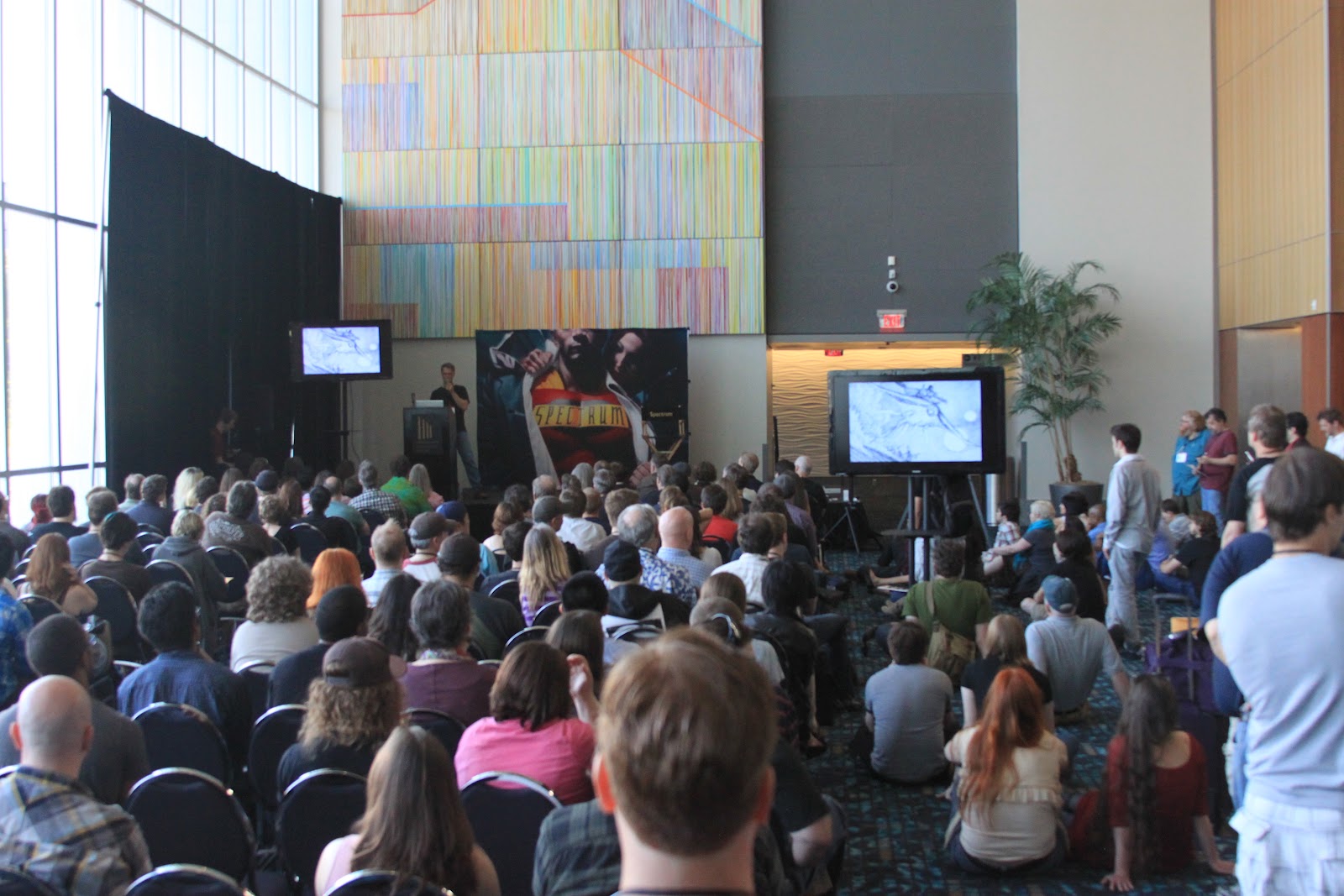
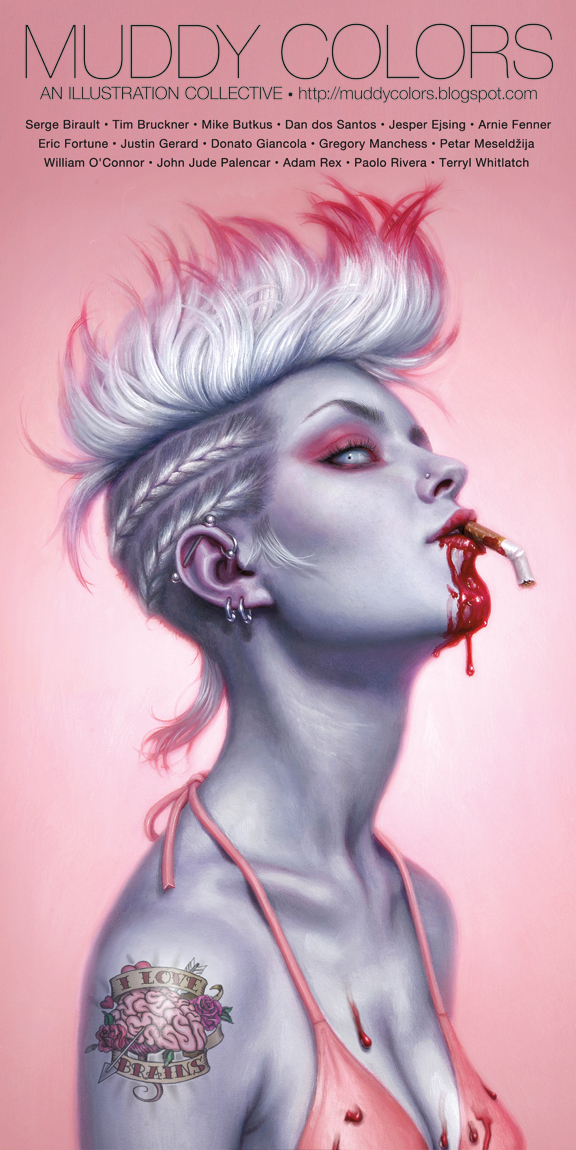
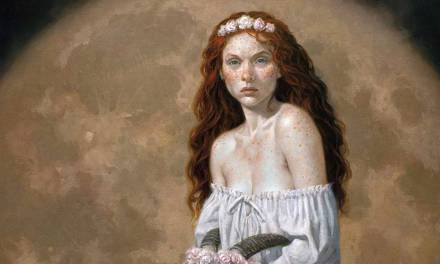
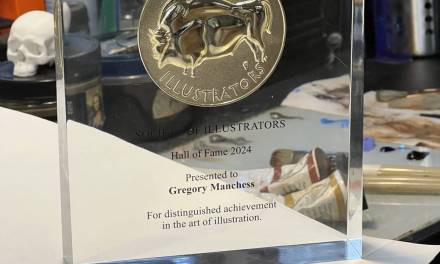
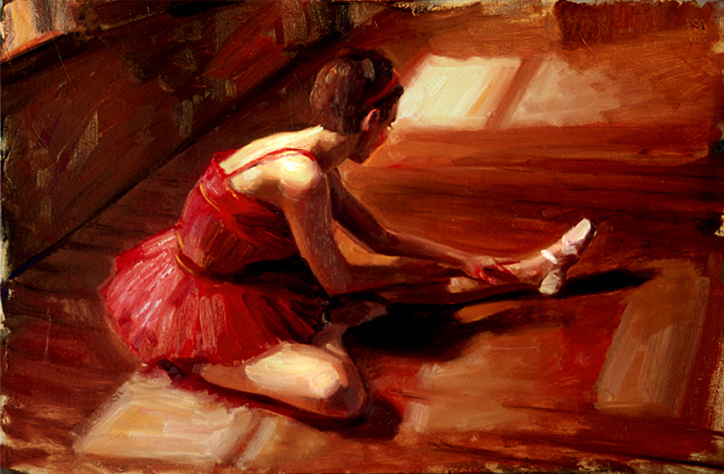
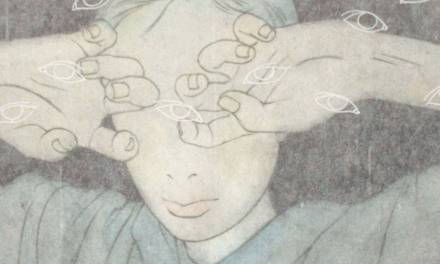

Great advice. I went to SFAL last year, my first art convention and it was amazing. Thank you for creating it. I've been an art lover more than an art creator, so I wasn't sure where I fit in, but one thing is for sure – SFAL was the biggest collection of brain melting eye candy for art lovers and creators alike. My only regret while I was there was that I couldn't buy everything I wanted.
Great post Arnie. I know when I attended last year, there were more than a fair few artists that I really wanted to get the chance to talk to, and because of the very communal and relaxed atmosphere, it was extremely easy to do so. That said, I know that when getting a chance to meet and talk to Brom and Laurie Lee, I was not so much star struck, as just in utter disbelief that I would get to meet them and how incredibly cool they were. Brom for me was one of the earliest influences and examples I would cling to through my later years in high school as an an example of art that I wanted to do. How refreshing it was to meet him and find him to be a humble and friendly chap, whose panel was informative, funny, and honest. Laurie was so nice, and I still treasure the art reproduction I got signed from her. The picture I have of the two of them is still one of my favorite memories from the show. But in truth, it was the fact that I was able to talk to and see in person the works of so many others like Donato, Whelan, and Manchess, that really drove home how this was the kind of show that was needed.
I seriously cannot wait to get back into a booth this year and get a chance to catch up with a lot of people that I met last year, and over the course of this past year online. I love working comic and anime conventions, but this is very much the bright spot of events from last year for me, and I know that it will be again this year,… in what… four weeks? 🙂
What I dearly hope is done again is the “Class Photo” of all of us. That was just so great a moment, and a serious fanboy moment for me. 🙂
Now you're just spoiling me, Arnie.
Holy Toledo, Arnie….you are some kinda guru at all this. That was dead-on, perfect, gobsmackin', AMAZINGLY accurate advice.
Day-um….wish I'd have had that when I first went to NYC to the Society of Illustrators. Would've helped tremendously. Instead, I stumbled my way into the business.
To everyone reading, take this to heart. 'Zactly what you need as a Lonely Planet Guide to The Convention.
So everyone come by the Muddy booth when you get there!!
Thanks, Arnie. Fantastic.
Egad, I like this blog….
Greg
All duly noted! Looking forward to SFAL2, Arnie! Missed it the first time and have been kicking myself ever since.
Greg: Your work is what got me to jump into oil painting. Despite Arnie's advice, I might be a little bit star struck. Bear with me, eh?
-Sid
Thank you very much Arnie for the advice and for answering my question! This helps a lot. Honestly, you touched on one of my weaker points, and that is definitely in the “showing people my art” department. But I know that getting my art out there and showing people what I'm doing is the only way that I'm going to improve and know what's working and what isn't. That is a fear that I have to overcome, because I know it's essential to my survival as an artist.
And I will most likely be hanging around the MC boot a lot. If you see a guy who's asking a lot of questions and just won't go away, well, that's me!
And Greg, it's my turn to buy YOU a coffee. Networking, you know… 😉
-Will
I agree..keep them coming!
Jane B of Impression Emedia